As cyber threats continue to evolve and become more sophisticated, traditional perimeter-based security models are proving inadequate for today’s distributed work environments. Zero Trust Architecture (ZTA) has emerged as a revolutionary approach that fundamentally changes how organizations think about cybersecurity.
What is Zero Trust Architecture?
Zero Trust is a security framework that operates on the principle of “never trust, always verify.” Unlike traditional security models that assume everything inside the corporate network is safe, Zero Trust treats every user, device, and application as potentially untrusted, regardless of their location within or outside the network perimeter.
This approach requires continuous authentication and authorization for every access request, creating multiple layers of security that significantly reduce the risk of data breaches and unauthorized access.
Core Principles of Zero Trust
- Verify explicitly: Always authenticate and authorize based on all available data points, including user identity, location, device health, service or workload, data classification, and anomalies.
- Use least privilege access: Limit user access with Just-In-Time and Just-Enough-Access (JIT/JEA), risk-based adaptive policies, and data protection to help secure both data and productivity.
- Assume breach: Minimize blast radius and segment access. Verify end-to-end encryption and use analytics to get visibility, drive threat detection, and improve defenses.
Key Benefits for Enterprises
Enhanced Security Posture: By eliminating implicit trust, Zero Trust significantly reduces the attack surface and makes it harder for cybercriminals to move laterally through networks once they gain initial access.
Improved Compliance: Zero Trust helps organizations meet various regulatory requirements by providing detailed logging, monitoring, and access controls that demonstrate proper data governance.
Reduced Insider Threats: The continuous verification model helps detect and prevent both malicious insider activities and compromised user accounts from causing significant damage.
Support for Remote Work: Zero Trust is particularly well-suited for today’s hybrid work environments, providing secure access to corporate resources regardless of user location.
Implementation Challenges
While Zero Trust offers significant advantages, implementation can be complex. Organizations must carefully plan their migration strategy, considering factors such as legacy systems, user experience, and operational overhead. The transition requires significant investment in new technologies, staff training, and process redesign.
Many organizations choose to implement Zero Trust gradually, starting with critical assets and high-risk users before expanding to the entire network. This phased approach helps manage complexity while demonstrating value early in the process.
In conclusion, Zero Trust Architecture represents a fundamental shift in cybersecurity thinking that aligns with modern threat landscapes and work patterns. Organizations that successfully implement Zero Trust will be better positioned to protect their assets, maintain compliance, and enable secure digital transformation initiatives.
